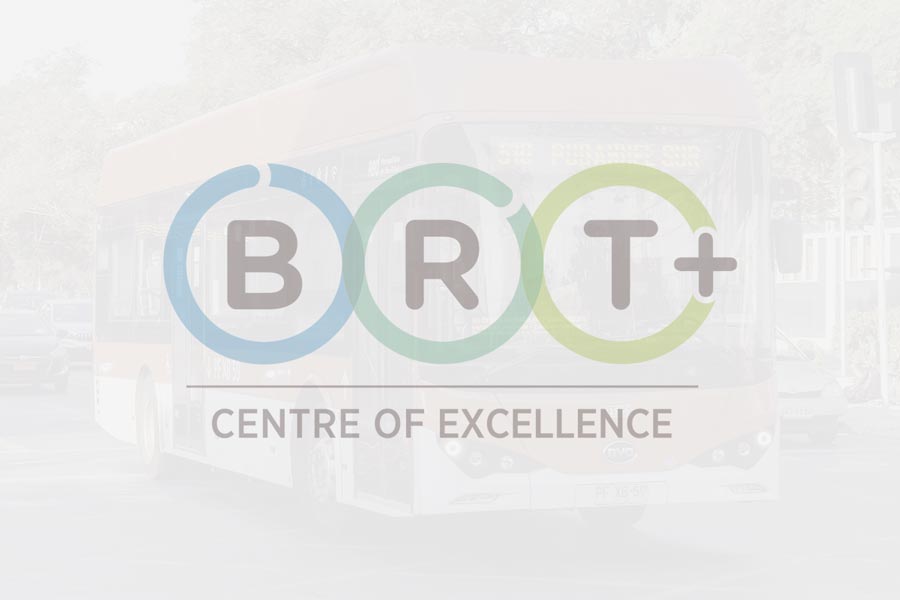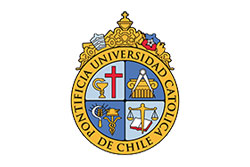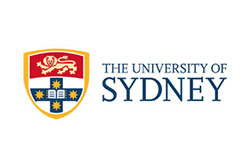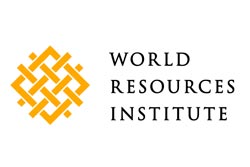Source: The Atlantic Cities
People who ride public transportation in American cities tend to have lower incomes than those who commute by car. But the general rule of commuter wealth disparity does have exceptions. Cap’n Transit performed a very smart analysis of 2010 American Community Survey data, freshly released by the U.S. Census, and found five metro areas where transit riders actually make more than auto commuters. A lot more. Like, in one case, nuclear physicist more. The data shake down like this:
| Metro Area | Overall median income | Drove alone median income | Public transportation median income |
| Idaho Falls, ID | $26,120 | $25,607 | $61,214 |
| Torrington, CT | $41,136 | $41,540 | $82,431 |
| Kingston, NY | $32,344 | $35,289 | $60,748 |
| Bremerton-Silverdale, WA | $35,024 | $35,371 | $52,946 |
| Poughkeespie-Newburgh-Middletown, NY | $38,048 | $41,462 | $56,351 |
When commute times are added to the picture, things get even more strange. The average commute for drivers in Idaho Falls is about 20 minutes, while transit commutes take about 70. In Torrington, drivers take about a half hour to reach work and transit riders take an hour, and that’s just about the case in Bremerton-Silverdale too, at 26 minutes by car and 67 by transit. The difference is even greater in Poughkeepsie — half hour by car and 80 minutes by mass transit — and things are similar in Kingston, which is farther north along the Hudson.
So what inspires a comfortably paid worker to ditch his or her car for a public ride? Well four of the situations can (most likely) be chalked up to the pull of a nearby major city. In these cases, the pay from city jobs is high enough to entice workers from afar, and the quality of public transportation is high enough to deter them from making the long drive. In addition, those who do drive to work probably stay local, which brings down the average drive time.
It’s easy to see how that’s the case with Poughkeepsie, which is located on the Hudson Line of the comfortable (by transit standards) Metro North commuter service. Residents of Kingston can commute into New York (or Albany) by bus or Amtrak. Bremerton-Silverdale is just across the Puget Sound from Seattle, which is accessible by ferry. Torrington is a bit harder to explain. Cap’n Transit suggests it forms an outer ring of New York City; if that’s the case, the commute should be longer than an hour, since it takes 45 minutes by bus to reach New Haven, which is still an hour and a half from New York on Metro North. Bus riders into Hartford may instead be the source the discrepancy.
The most interesting case is Idaho Falls. What would pull commuters away from the largest city in Eastern Idaho? Well there’s a clear answer: the Idaho National Laboratory, a leading research and development arm of the Department of Energy that employs roughly 4,000 workers. Much of the campus is considerably west of Idaho Falls, so the lab has an expansive fleet of buses to carry employees into and out of the city:
Today INL’s fleet consists of 103 buses, maintained and operated by 116 employees, of which 92 are drivers. The fleet logs more than 2 million miles annually (down from a peak of some 6 million miles yearly in the early 1990s). They haul roughly 2,750 passengers to the Site and back each day. And somewhere across eastern Idaho, an INL bus is on the road, nearly 24 hours per day, seven days a week.
The number of routes serviced by the fleet is incredible, though in late September the company announced it was implementing a park-and-ride program intended to shorten some of the trips. So INL has a tough question to ask itself: save on the cost of 100,000 gallons of fuel a year, or keep the top spot on the commuter income disparity rankings. Pretty, pretty, pretty tough question.
¿Comments? ¿Opinions? ¿Similar News? Send them to us!













